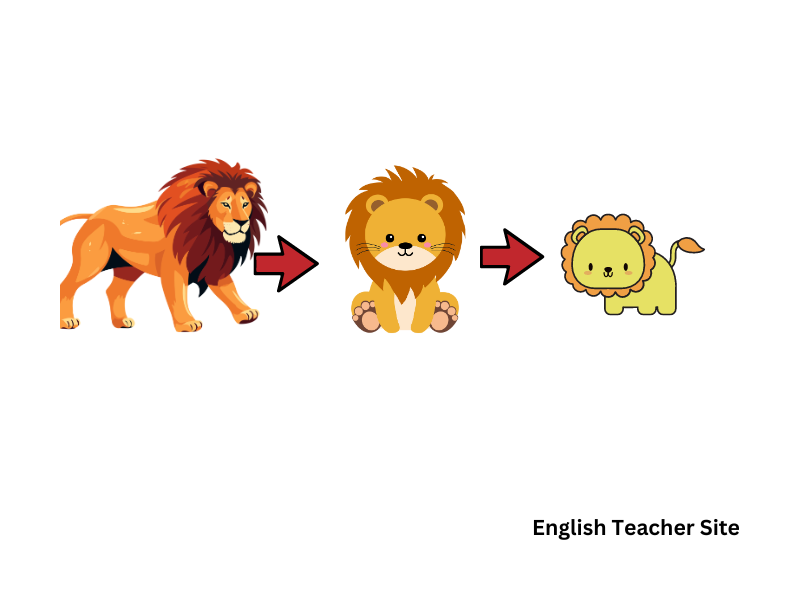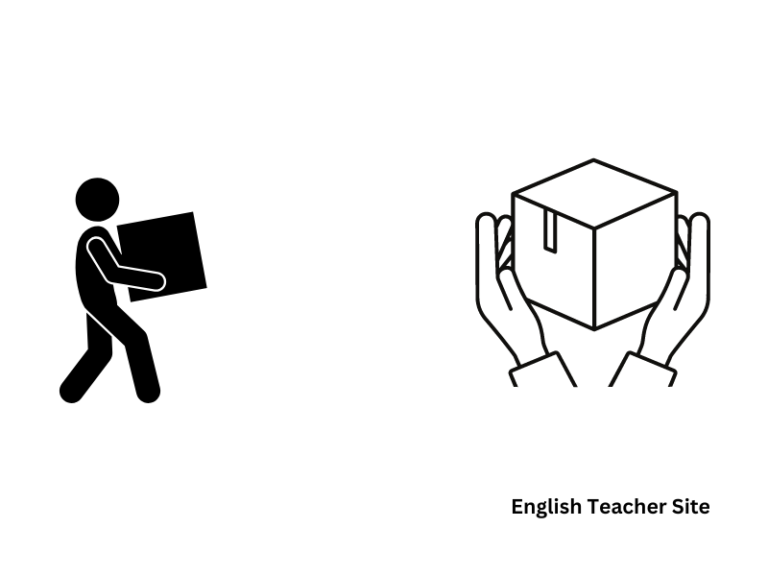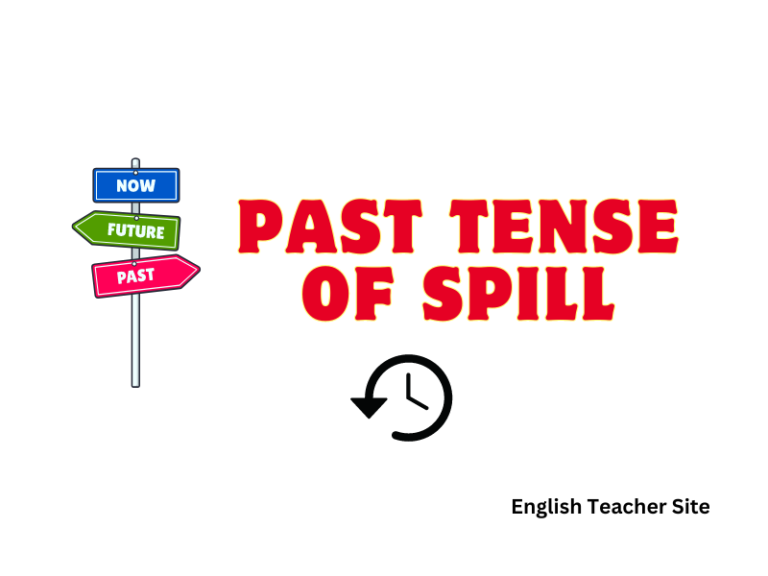Shrank or Shrunk: Unraveling the Past Tense of Shrink

- “Shrank” is traditionally the simple past tense, while “shrunk” is the past participle of “shrink.”
- In American English, “shrunk” is also accepted as the past tense.
- Understanding the traditional and contemporary uses of “shrank” and “shrunk” can aid in accurate communication.
The usage, however, has evolved, and especially in American English, “shrunk” has come to be commonly accepted as both the past tense and the past participle. This shift is a result of language in practice, reflecting the natural tendency for spoken forms to influence grammar rules over time. While some may still prefer the traditional “shrank” for the past tense to distinguish it from the past participle, both forms are correct depending on the regional preference.
Shrank or Shrunk – What’s the past tense of shrink?
The past tense form of a verb often concerns learners due to its variations and irregularities. One such example that frequently causes confusion is the verb “shrink,” and its past tense variants.
Shrink is an irregular verb, meaning its past tense forms do not follow a standard pattern. When determining the past tense of “shrink,” we have two forms debated: shrank and shrunk.
Past Tense Forms of Shrink
Here’s a simple table that illustrates the correct usage:
| Simple Past | Past Participle |
|---|---|
| shrank | shrunk |
The simple past tense is used when referring to an action that was completed at a definite time in the past. For example, “Yesterday, I shrank my sweater while doing laundry.”
The past participle, on the other hand, is used in perfect tenses and often requires an auxiliary verb. An instance of the past participle would be, “I have shrunk my jeans in the wash.”
Regional Variations
It’s worth noting that there are some regional preferences when it comes to the usage of “shrank” and “shrunk”:
- British English: Tends to favor “shrank” as the simple past form, while “shrunk” is used as the past participle.
- American English: Some may use “shrunk” interchangeably for both the past tense and past participle, influenced by colloquial usage. However, traditional grammar rules still apply where “shrank” is the simple past form.
Let’s look at some examples to clarify their use:
- Correct Past Tense Usage:
- I shrank the shirt.
- Correct Past Participle Usage:
- The shirt has shrunk.
By understanding the distinctions and proper context for “shrank” and “shrunk,” English language learners and native speakers alike can express past actions with confidence. The past tense of “shrink” is indeed “shrank” for the simple past and “shrunk” when discussing the past participle, despite some variance in colloquial and regional usage.
The Verb ‘Shrink’ in Detail
Understanding the verb “shrink” involves grasping its simple past form and past participle, recognizing the distinction between regular and irregular verbs, and navigating its usage. The verb “shrink” is a vital word with various forms that are crucial in constructing correct past tense statements.
Simple Past of ‘Shrink’
The simple past form of “shrink” is a point of common confusion. The correct simple past form is shrank. This form is used for sentences referring to a single, completed action in the past.
| Subject | Simple Past Form |
|---|---|
| I/he/she/it | shrank |
| We/you/they | shrank |
Examples:
- He shrank the fabric by washing it in hot water.
- They shrank from their responsibilities.
Past Participle of ‘Shrink’
The past participle form of “shrink” is most accurately shrunk. It differs from the simple past and is used with auxiliary verbs like “have” or “be” to form the perfect tenses or the passive voice.
| Subject | Past Participle Form |
|---|---|
| I/he/she/it | shrunk |
| We/you/they | shrunk |
Examples:
- She has shrunk her favorite sweater.
- The jeans have shrunk after drying.
Regular vs Irregular Verbs
Verbs in English are divided into two categories: regular verbs and irregular verbs. “Shrink” belongs to the latter group, as its past forms do not follow a standard pattern of simply adding “-ed” to the base form.
- Regular Verbs: add -ed to create past forms
- Example: want → wanted
- Irregular Verbs: undergo various changes
- Example: go → went → gone
“Shrink” as an irregular verb changes significantly in its past forms.
Shrank vs Shrunk Usage
The use of “shrank” and “shrunk” is often interchanged erroneously, but there are norms for their correct applications. “Shrank” as the simple past is favored in formal writing, while “shrunk” serves as the past participle.
Let’s illustrate the current trends in usage:
- “Shrank” is suitable for statements without auxiliary verbs.
- Example: “The sweater shrank.”
- “Shrunk” is most appropriately used with “has,” “have,” or “had.”
- Example: “The sweater has shrunk.”
Erroneous usages, though common, are typically deemed informal or casual and should be avoided in formal writing.
Additional Forms and Uses of ‘Shrink’
This section will examine the present participle and continuous forms, explore the perfect tense constructions, and clarify the infinitive and base form variations.
Present Participle and Continuous Forms
The present participle of ‘shrink’ is shrinking, which functions as both an adjective and to form continuous tenses. Here are the present continuous forms illustrating an ongoing action:
- I am shrinking the fabric right now.
- She is shrinking in stature due to osteoporosis.
In each of the above, shrinking describes an action that is currently in progress.
Perfect Tense Constructions
The perfect tenses involve the use of the auxiliary verb ‘have’ alongside the past participle ‘shrunk’. These forms indicate actions that are complete or relate to a time period up to the present. Here’s a brief look at the perfect tenses using ‘shrunk’:
| Tense | Example Sentence |
|---|---|
| Present Perfect | They have shrunk the jeans already. |
| Past Perfect | She had shrunk the garment before selling it. |
| Future Perfect | They will have shrunk the fabric by tomorrow. |
Infinitive and Base Form Variations
The infinitive form ‘to shrink’ is used for various purposes, such as after modal verbs or in constructions where an infinitive is appropriate. The base form ‘shrink’, meanwhile, is employed in the present tense for all subjects except for third-person singular.
Here are some examples:
- Infinitive Form: They decided to shrink the custom t-shirts.
- Base Form: We shrink our clothes carefully to avoid damage.
Common Errors and Variations in Usage
The English language is rife with irregular verbs that challenge even the most experienced language learners. One such verb is “shrink,” which often confuses speakers with its past tense forms—shrank and shrunk. This section dissects the common errors associated with these variations to heighten understanding and correct usage.
Misuses of ‘Shrunk’ and ‘Shrank’
Shrink falls into the category of irregular English verbs, which means its past forms do not follow a standard pattern. Here are some specific points to consider:
- Simple Past Tense: Shrank is the correct simple past tense form of shrink. Many speakers mistakenly use shrunk in its place.
- Past Participle: Shrunk is appropriate when used as a past participle in phrases like “have shrunk” or “had shrunk”.
Here’s a table summarizing proper usage:
| Tense | Correct Form | Incorrect Use | Example |
|---|---|---|---|
| Simple Past | Shrank | Shrunk | Yesterday, she shrank the sweater. |
| Past Participle | Shrunk | Shrank | The jeans have shrunk in the wash. |
Irregular Verbs and Common Mistakes
Irregular verbs are notorious for their unconventional conjugations, which can lead to habitual errors. Consider the following comparisons for better clarity:
- Drink, Drank, (have) Drunk – The pattern here appears similar to shrink, where the “-ank” sound signifies simple past.
- Sink, Sank, (have) Sunk – Again, the past participle ends with “-unk”, aligning with the shrink paradigm.
Beware of mixing up these forms, as doing so is a common mistake:
- Incorrect: She drunk the water.
- Correct: She drank the water.
Nonstandard Forms Like ‘Shrinked’
While shrinked is occasionally encountered in historical texts, it’s considered nonstandard in contemporary English. The forms to remember are shrank for simple past and shrunk for past participle. Usage examples in bold:
- The fabric shrank when it was washed.
- These clothes have shrunk since last year.
To help visualize correct versus nonstandard forms, here’s a simple list:
- Standard: Shrank, Shrunk
- Nonstandard: Shrinked
Practical Applications in Everyday Language
Grasping the correct usage of past tenses in English can notably enhance one’s communication skills. This particularly applies to common verbs like “shrink,” which describe everyday situations.
Clothes and Laundry:
When discussing laundry mishaps, it’s crucial to describe events accurately. If someone refers to a recent event, they might say:
- “I shrank my favorite jeans in the wash,” denoting a past simple tense.
Conversely, if they are reflecting on the outcome of washing clothes, they could state:
- “My sweater has shrunk after I laundered it.”
Here’s a simple guide to avoid confusion:
| When to Use | Example Sentence |
|---|---|
| Past Simple | “She shrank her dress with hot water by mistake.” |
| Past Participle | “He’s upset because he has shrunk his coat in the dryer.” |
Reduction and Size Changes:
In contexts where size alteration is the focus, the same rules apply. For instance:
- Jeans often reduce in size when exposed to hot water or high dryer temperatures.
When people express fear or concern about washing expensive garments, they might say:
- “I’m worried that washing this will shrink it,” showing a use of the present simple tense for potential future events.
In Everyday Conversations:
The following bullet points give common expressions with the verb “shrink”:
- She shrank back in fear when she saw the spider.
- The company’s profits have shrunk due to the recent market downturn.
In Summary:
| Tense | Example |
|---|---|
| Present Simple | “This fabric will shrink in hot water.” |
| Past Simple | “They shrank their clothes accidentally.” |
| Past Participle | “The curtains have shrunk after washing.” |
By mastering the correct past tense forms of “shrink,” one can confidently narrate past events about laundry accidents, discuss the reduction of materials, and describe changes to objects or even metaphorical situations involving a decrease in size or numbers.
Source
- Etymology online, origin of shrink
- Definition of shrink
My name is Khamis Maiouf. I am the creator of the English Teacher Site, dedicated to providing valuable resources and insights for students around the world. With a passion for education and a commitment to helping students enhance their skills, I aim to make English teaching more effective and enjoyable for both educators and students.






